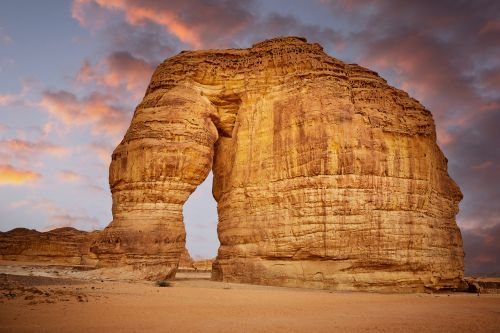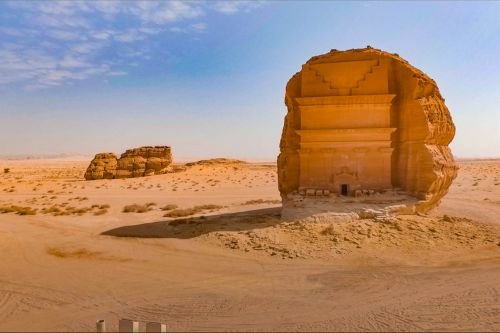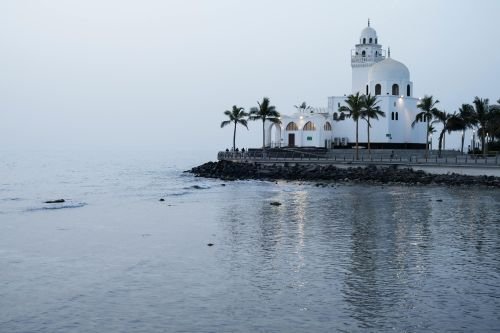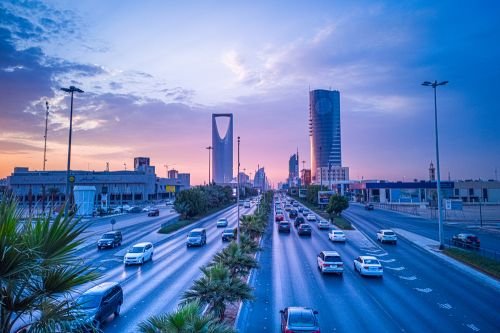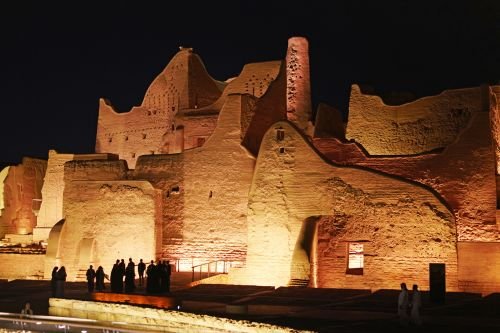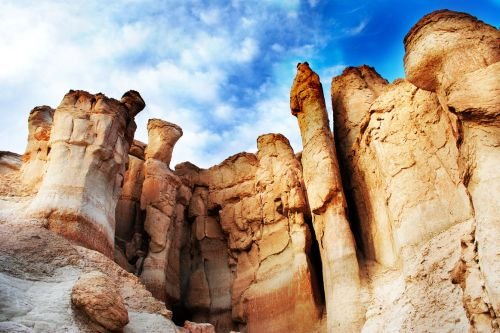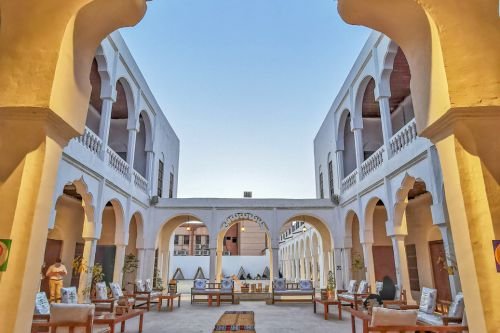Discover Salalah: Oman's Emerald Gem and Khareef Wonderland
Nestled on the southern coast of Oman, Salalah is a truly unique destination that defies the typical desert landscape of the Arabian Peninsula. Known as the "Perfume Capital of Arabia" and the "Emerald City," Salalah transforms into a verdant paradise during its annual monsoon season, offering a refreshing escape with its lush greenery, cascading waterfalls, and misty mountains. If you're seeking a blend of natural beauty, rich history, and vibrant culture, Salalah is calling!
Why Visit Salalah?
Salalah offers an unparalleled experience, especially during the Khareef (monsoon) season. Unlike the scorching heat found elsewhere in the region, Salalah enjoys cool, misty weather, turning its landscapes into a vibrant tapestry of greens. Beyond its natural allure, the city is steeped in history, particularly its ancient frankincense trade, offering a captivating glimpse into Oman's past. From stunning beaches and dramatic cliffs to ancient archaeological sites and bustling souqs, Salalah caters to every type of traveler.
Best Time to Visit
The absolute best time to visit Salalah is during the Khareef season, from June to September. This is when the monsoon rains transform the region into a lush, cool oasis. Temperatures drop, mist blankets the mountains, and seasonal waterfalls flow, creating a truly magical atmosphere. The Salalah Tourism Festival also takes place during this period, adding to the vibrant cultural experience.
If you prefer drier weather with pleasant temperatures, the months from October to February are also excellent for a visit. The skies are clear, and it's perfect for exploring historical sites, beaches, and enjoying outdoor activities without the humidity. March to May are generally the hottest months and considered off-season.
How to Reach Salalah
Salalah is well-connected and easily accessible. The primary way to reach Salalah is by air, via Salalah International Airport (SLL). Numerous airlines, including Oman Air, Qatar Airways, Fly Dubai, Air Arabia, and Air India, offer direct international flights. During the Khareef season, additional direct flights are often added from GCC countries like Saudi Arabia, Kuwait, Qatar, Bahrain, and the UAE.
While less common for international tourists, it's also possible to reach Salalah by road from other Omani cities or neighboring countries, offering a scenic journey through diverse landscapes.
Top Things to Do in Salalah
Salalah boasts a diverse range of attractions:
-
Al Mughsail Beach & Marneef Cave: Witness the dramatic blowholes at Marneef Cave, where seawater shoots high into the air, and relax on the pristine white sands of Al Mughsail Beach.
-
Wadi Darbat: A breathtaking valley that comes alive during Khareef, with stunning waterfalls, natural pools, and lush greenery. Perfect for picnics, boat rides, and gentle hikes.
-
Sultan Qaboos Mosque: Admire the grand architecture of Salalah's largest mosque, a serene and beautiful place of worship.
-
The Frankincense Land Museum (Al Baleed Archaeological Park): Dive into Salalah's ancient history and the fascinating frankincense trade. This UNESCO World Heritage site offers ruins of the ancient city of Zafar and a museum dedicated to frankincense.
-
Taqah Castle: Explore this well-preserved 19th-century castle, offering insights into traditional Omani life and impressive views.
-
Jebel Samhan Nature Reserve: Drive up to the highest point of the Dhofar Mountains for panoramic views of the rugged landscape and potentially spot Arabian leopards (though rare).
-
Ayn Razat: A beautiful natural spring surrounded by lush greenery, providing a refreshing retreat.
-
Sumhuram Archaeological Park (Khor Rori): Another UNESCO World Heritage site, this ancient port city was a vital hub for frankincense trade. Explore its ruins overlooking a scenic creek.
-
Anti-Gravity Point: Experience the optical illusion of your car rolling uphill when placed in neutral – a fun and quirky stop!
Frequently Asked Questions (FAQs)
Q: Is Salalah safe for tourists? A: Yes, Oman is widely considered one of the safest countries in the world, and Salalah is no exception. Visitors can explore with peace of mind.
Q: What currency is used in Salalah? A: The Omani Rial (OMR) is the local currency.
Q: What should I wear in Salalah? A: While Salalah is more relaxed than some other Middle Eastern cities due to its tropical climate, it's advisable to dress modestly, especially when visiting religious sites or local areas, out of respect for local customs. Light, breathable clothing is recommended due to the humidity.
Q: Is English widely spoken? A: English is generally understood and spoken in tourist areas, hotels, and major shops. Arabic is the official language.
Q: Can I rent a car in Salalah? A: Yes, car rentals are widely available at Salalah International Airport and in the city. A 4x4 vehicle is recommended if you plan to explore wadis or mountainous areas, especially during Khareef.
Recommended Activities
-
Dolphin Watching Tours: Many operators offer boat trips from the coast to spot dolphins playing in the Arabian Sea.
-
Explore Wadi's by 4x4: Hire a local guide or rent a 4x4 to venture deeper into the spectacular wadis like Wadi Darbat, Wadi Ayn, and others, especially during Khareef.
-
Beach Hopping: Discover Salalah's stunning coastline, from the famous Mughsail Beach to the more secluded Fazayah Beach.
-
Visit a Frankincense Farm: Learn about the ancient process of frankincense harvesting and its cultural significance.
-
Photography Safaris: The diverse landscapes, especially during Khareef, offer incredible opportunities for nature and landscape photography.
-
Local Food Experience: Indulge in traditional Omani dishes like Ma'ajeen (dried meat), Khubz Lahoot (a chewy bread), and explore local seafood.
Where to Shop
Salalah offers a blend of modern shopping experiences and traditional souqs:
-
Al-Husn Souq (Haffa Souq): This traditional market is a must-visit for authentic Omani products. It's famous for its frankincense, bukhoor (incense), attar (perfumes), traditional Omani clothing, and handicrafts. Look for high-grade "Hojari" frankincense.
-
Salalah Gardens Mall & Salalah Grand Mall: For a more contemporary shopping experience, these malls offer international and local brands, electronics, perfumes, and dining options.
-
Local Fish Market: Experience the vibrant local culture and find fresh seafood.
UNESCO World Heritage Sites
Salalah is home to the significant "Land of Frankincense" UNESCO World Heritage Site, which comprises several locations that vividly illustrate the frankincense trade that flourished for centuries:
-
Al Baleed Archaeological Park: The ruins of the ancient port city of Zafar, a major trading hub.
-
Sumhuram Archaeological Park (Khor Rori): Another ancient port vital to the frankincense trade, overlooking a beautiful creek.
-
Wadi Dawkah: An important area for frankincense trees, where you can see the trees in their natural habitat.
-
Shisr/Wubar: Remains of a caravan oasis that served as a crucial stop on the frankincense route.
Salalah is a destination that promises an unforgettable journey into natural wonder, ancient history, and vibrant Arabian culture. Whether you're drawn by the misty magic of Khareef or the allure of its historical treasures, Salalah is ready to enchant you.


1752395369.png)



1752396242.png)
1752396423.png)
1752396518.png)
1752396852.png)
